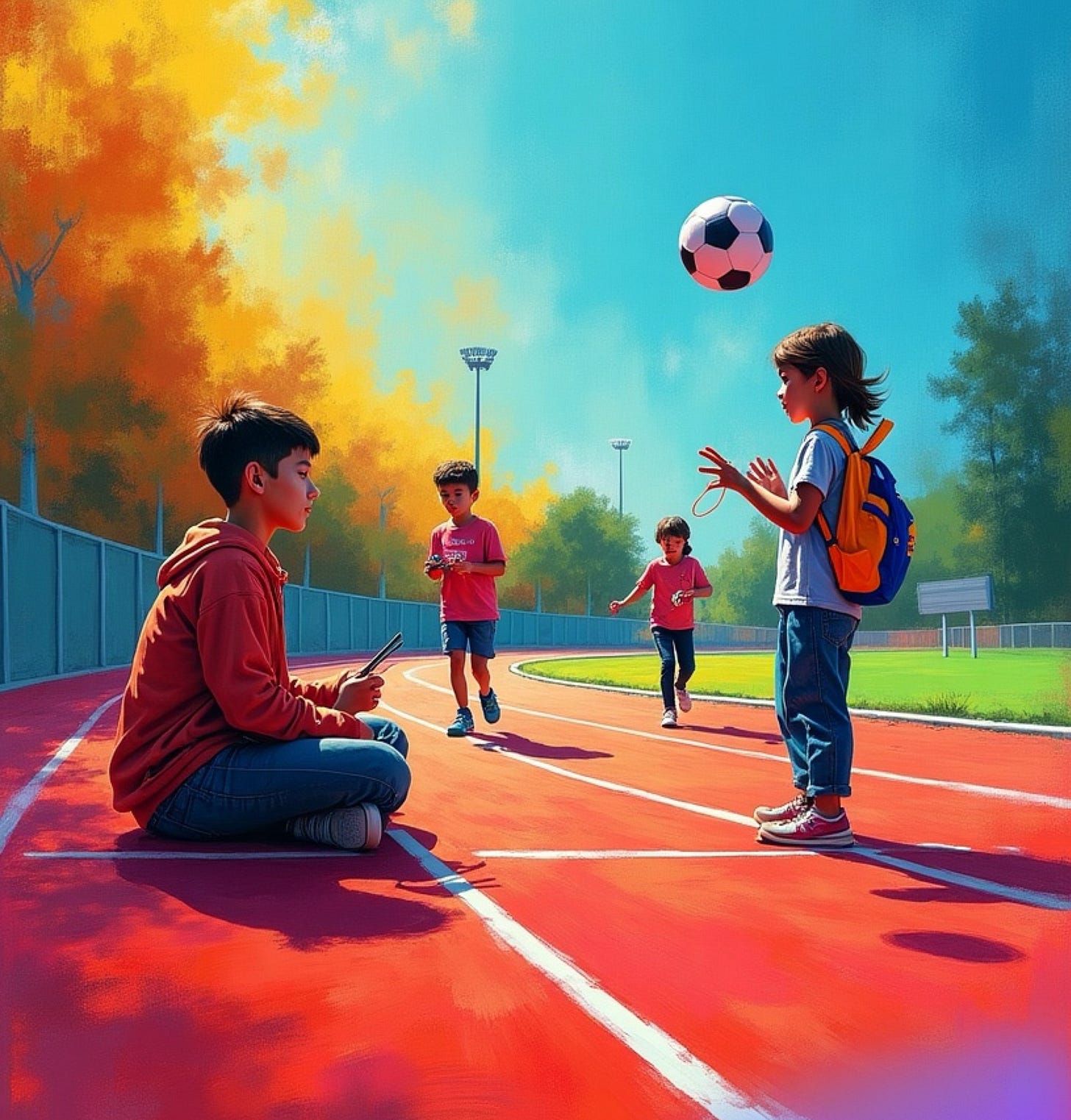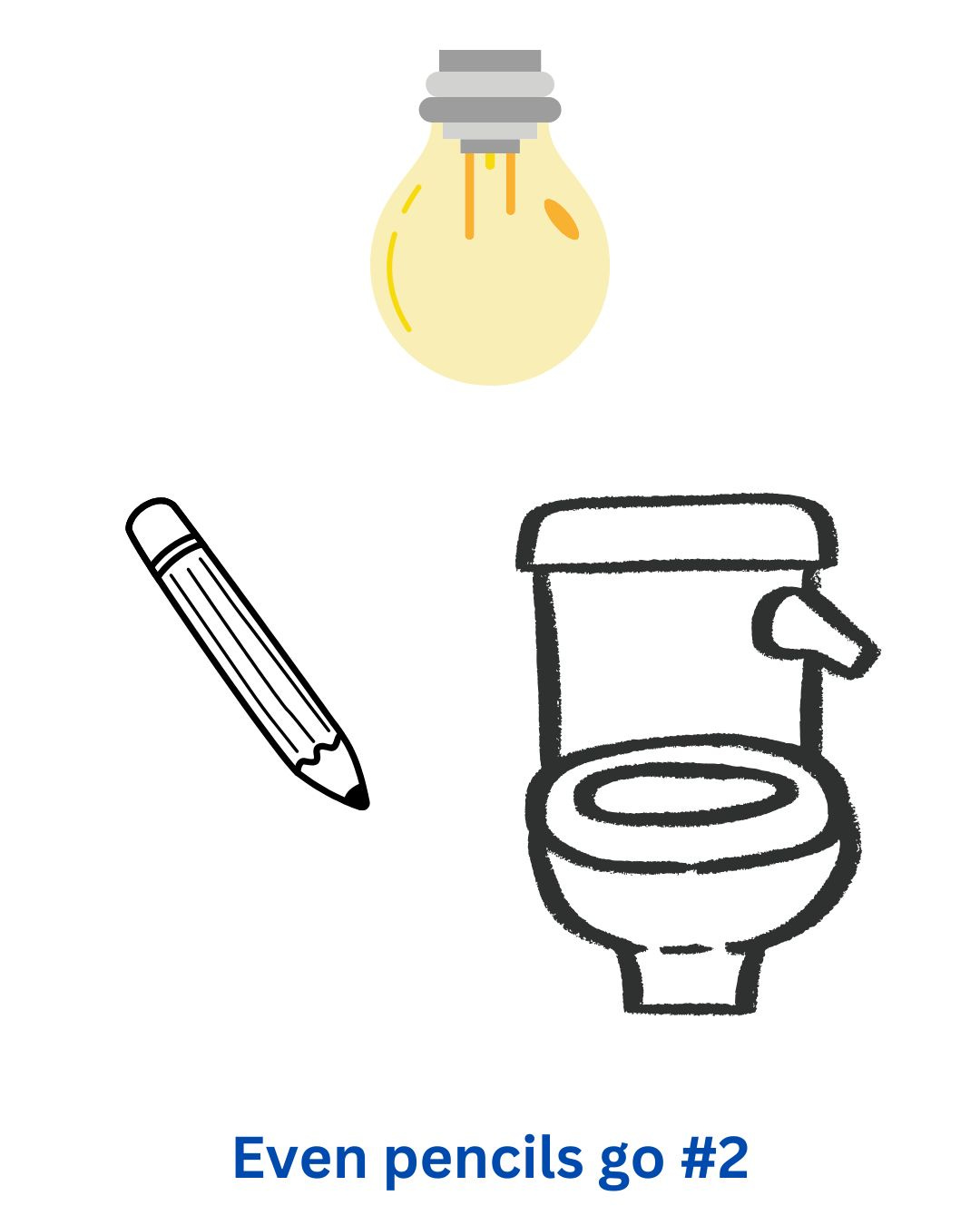Innovation is a Bathroom Lightbulb
Let's make sure students have the basics before they're prompt engineers
Over the last few months, I’ve talked with students and families of different districts about what changes they’d love to see in education, and it struck me that not one of them brought up AI. There was no urgency to learn about AI literacy. There was no concern about whether learners are or are not allowed to use ChatGPT on assignments. There was no mention of inconsistent policies across schools.
That’s not to say those things are not important or that there aren’t districts deep in that work. It’s simply to say the conversation is not as ubiquitous as the internet would have you believe. At least not yet.
Everyone is moving at a different pace. That pertains to AI in schools and it pertains to basically all of life.

Innovation is a funny word when it comes to education. The idea of new is nothing, well, new in schools. Calculators, computers, Chromebooks, iPads, interactive Smart boards. And now, our enigmatic friend AI, which has been compared to all of those, and that comparison has been rejected equally as often. That, in and of itself, demonstrates how schools are complex places filled with complex people who don’t always agree on things.
As a cautious optimist when it comes to AI being able to change education, to truly impact teaching and learning beyond doing the same things more quickly, the absence of AI taught me to step back a bit. It was enlightening, as conversations with students tend to be.
Regardless of where you stand with the comparisons, everything on that list has had some sort of effect on teaching and learning. As AI continues to circle the Airport of Integration (sweet airport code!), it is important to pause and think about what innovation actually looks like in schools. It’s important to take a step back and understand the context in which innovation (eventually) lives. That is to say, it’s important to understand the context in which students learn.
A Lightbulb (Moment)
What is a calculator without batteries? What is a Chromebook without a functioning electrical outlet?
The infrastructure of a school is paramount to making New become Familiar. That includes policies and professional development. It includes the bell schedule and elective offerings. It also includes lightbulbs. Not lightbulb moments. Actual lightbulbs.
I asked students about what they would change in their school if they could—new electives, a different schedule, more internship opportunities—and a student shared that the one thing they’d love to see is more functioning lightbulbs in the bathroom because it doesn’t feel great to be in there. A lightbulb in the bathroom. Out of an infinite range of possibilities, that was top of mind. They just wanted to feel safe going to the bathroom. A different student at a different school shared that some new paint would go a long way in creating a stronger sense of community; that it feels drab walking up and down the hallways and they want to feel proud of their school.
A lightbulb and paint.
I was expecting to hear versions of answers that I regularly hear and that are important—more Arts classes, more choice in the schedule, real-world learning opportunities, longer breaks. And, I did hear some of those, which is what made these two answers so much more impactful. They were two simple sentences. Two simple ideas spoken with the precision of conviction.
Sometimes change is quite simple.
In the conversations I had, students did share the fullness of their school lives, including being able to name trusted adults they feel connected to, learning goals they have, and everything they love about their education, but the simplicity in the changes they’re looking for was powerful.
Before it’s AI, innovation is the lightbulb in the bathroom. It’s new paint on the walls. It’s making sure that students don’t notice all the things they aren’t supposed to notice. That makes it much easier to encourage them to push past the struggle of learning that they do notice.




